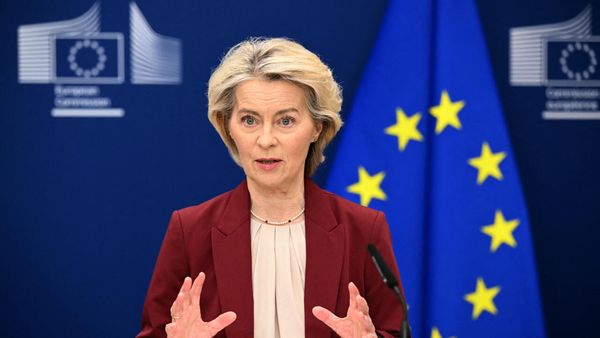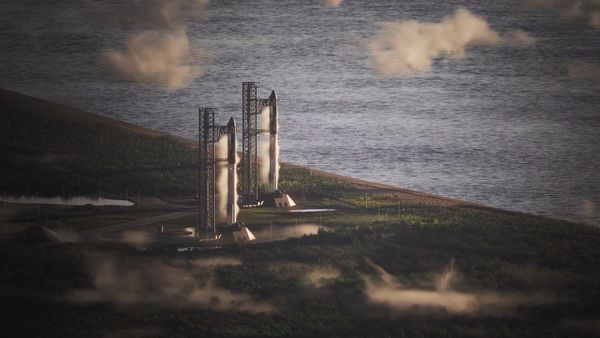
The Finnish Air Force has used the swastika as its emblem since 1918, but has now announced it will remove it from its flags.
A swastika on the flag of the military of a NATO country might be a surprising sight – but it has been the official emblem of the Finnish Air Force for more than a century.
Until now. The air force has just announced that it will permanently remove swastikas from its flags, having already removed them from its uniforms and insignia.
"We could have continued with the swastika, but it was sometimes awkward with foreign visitors. It is surely wiser to move with the times," the new head of the Finnish Air Force, Tomi Böhm, told Finnish public broadcaster YLE.
Raised eyebrows
The use of the symbol dates back to 1918. At the time it was less than a year since Finland had gained independence, recovering from a century of Russian rule and almost seven centuries of Swedish governance.
However, the air force in fact chose the swastika as its emblem in tribute to a Swedish aristocrat, Count Erik von Rosen.
He donated Finland its first military plane in 1918, which bore his personal symbol – the swastika.
The symbol differs slightly from the Nazi swastika, which is tilted at a 45-degree angle. The swastika as used by European and Asian civilisations since ancient times is straight – as is the one used by Finland's air force.
This, however, hasn't prevented raised eyebrows among NATO allies, tourists and other foreigners who spot them at military events.
NATO exercises begin in Nordic region amid heightened tensions with Russia
The confusion over the use of the swastika was further fuelled by the fact that von Rosen later became the brother-in-law of Hermann Göring, a decorated First World War fighter pilot who went on to lead Germany’s Luftwaffe during the Second World War.
The Finnish air force stressed that its use of the symbol had no connection to Nazi Germany, even if Finland had entered into a reluctant alliance with the Third Reich during the Second World War.
NATO integration
The air force has been gradually retiring the symbol in recent years. It first disappeared from its insignia in 2017, then was stripped from uniforms in 2020.
The Finnish Defence Forces, in an email to the Associated Press news agency on Friday, said a plan to renew the air force unit flags was launched in 2023, the year Finland joined NATO, but said it was not linked to joining the alliance.
The aim, it said, was “to update the symbolism and emblems of the flags to better reflect the current identity of the Air Force".
Teivo Teivainen, a professor of world politics at the University of Helsinki, said the flags in question were introduced in the 1950s and today are flown by four Air Force units.
The Air Force and the Finnish public had for years insisted the swastikas used in Finland’s air force “have nothing to do with the Nazi swastika,” said Teivainen, who this month had a book published whose Finnish title translates as "History of the Swastika".
Europe needs special Ukraine envoy to get meaningful peace role, Finland says after US rebuff
But now, following Finland’s joining of NATO, policymakers have decided “there’s now a need to get more integrated with the forces of countries like Germany, the Netherlands, and France – countries where the swastika is clearly a negative symbol," he said.
Teivainen said that in 2021, German air force units bowed out of a final ceremony following exercises at a military base in Finland’s Lapland region after learning that the Finnish swastikas would be on display.
The new flag – with an emblem featuring a golden eagle – will be introduced for events such as parades and local ceremonies, the Defence Forces said.

(with newswires and adapted from this story in French)







